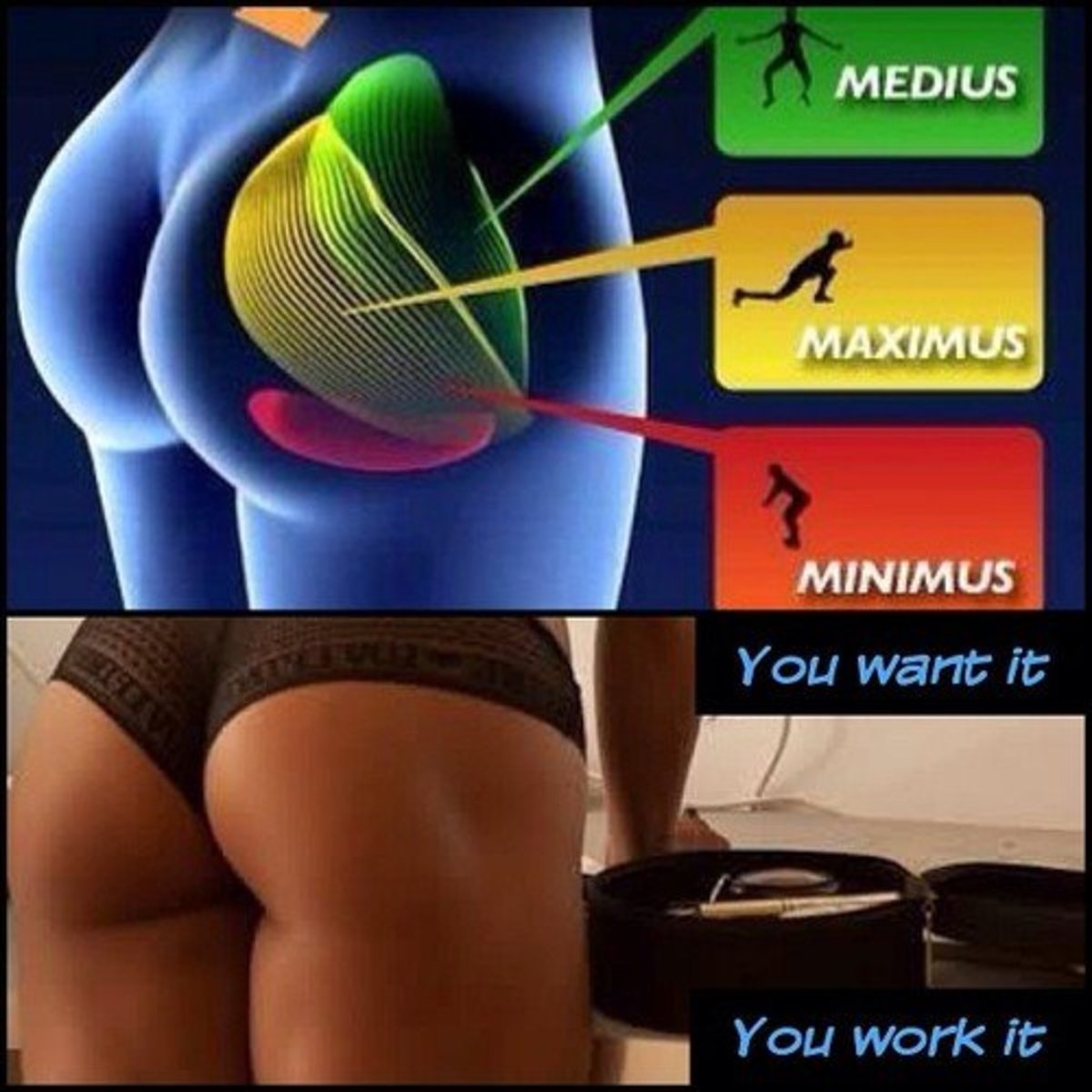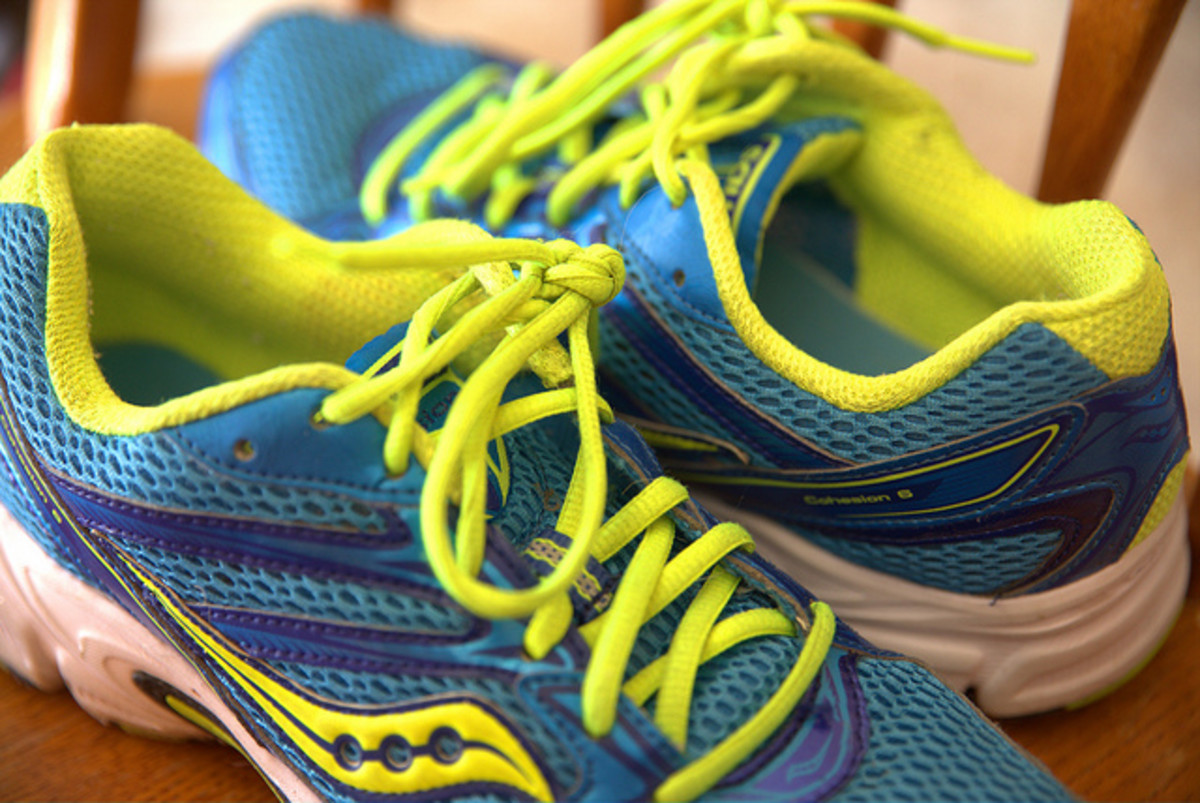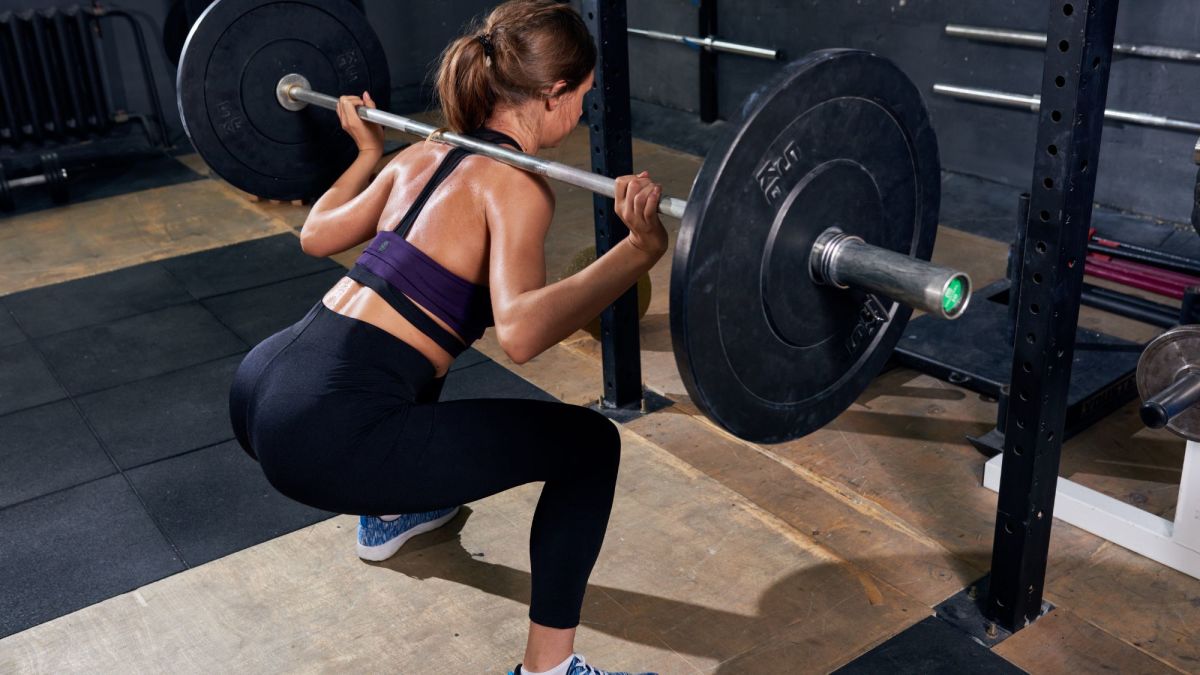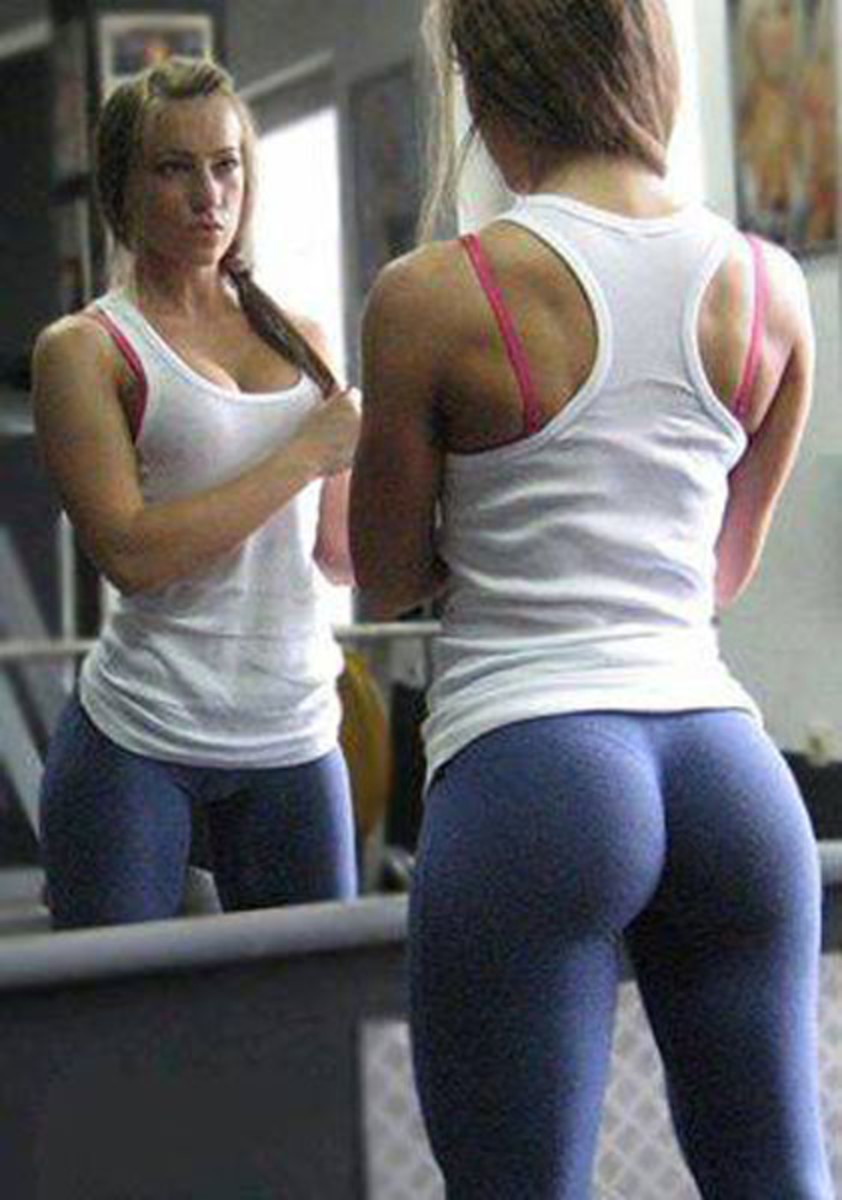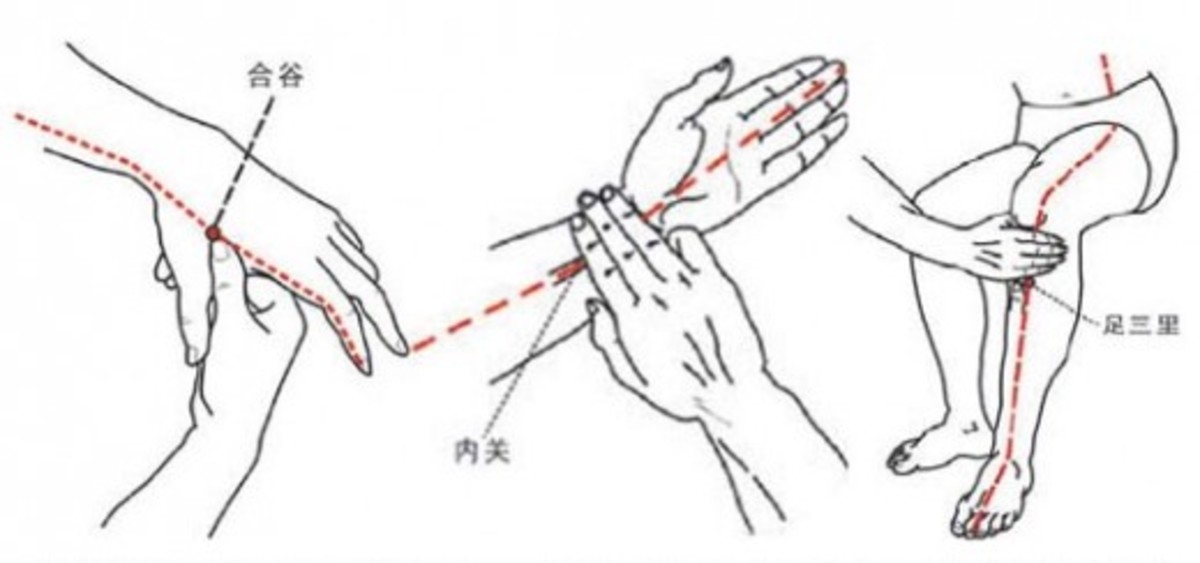Improving the squat
The squat
Go to any gym and you'll see the butchering of this exercise somewhere. It's important to note, the squat is NOT bad for your knees! Doing the squat incorrectly is bad for your knees. Only the squat is the squat. Smith machine squats, leg presses, hack squats are not the squat; therefore they do very little to improve this lift. One of my favorite quotes: "The only lift to improve the squat is the squat".
Most people hold the barbell in the wrong place on their back. To reduce compression on the spine, and to improve leverage, the bar falls across the very bottom of the trapezius, across the rear delts. Anything else is considered an Olympic squat.
Approach the weight, resting it as noted above, throw the hips forward to raise the weight from the rack, walk back using as few steps as possible (do not look in the mirror if there is one. Your setup is by feel, not aesthetics.). Once you've stepped back, you should be in an outside shoulder width stance, toes pointed sdlightly outward (DO NOT exaggerate this, nor EVER toe in!!!!) lower the weight by breaking at the hips first (essentially sticking your butt back), at that point descend to at least parallel (hip bone level with knee joint), and push off snapping your hips forward mid way up. A powerlifter must break parallel, and each sanctioning body has clear expectations in their rule books.
During the lift, at all times, the chest should be out and shoulders back. You draw your breath before the descent (eccentric phase) starts,and release (though a powerlifter will hold it) during the ascent (concentric phase)
It's important to note one thing here- breaking at the hips allows the knees to remain behind the toes (looking laterally). You should look like a chair from the side.
It is not necessary to push your hips too far forward at the top. Many "trainers" will have you squeeze your glutes at the top. This is a useless and potentially very dangerous technique. If you do it, stop!
While I will go into safety and safety equipment in the future, all lighter non-work sets should be done with no equipment. This helps strengthen the many facets of the exercise. That means a lifting belt isn't necessary until there's something you'd consider a load. I am a proponent of a lifting belt for the squat, though sometimes I'll do my entire deadlift workout without a belt. Knee wraps are never to be used on lighter sets. If you have a medical need to do so, don't squat, genius!
The squat is without a doubt THE best way to build large, strong quadriceps, glutes, and even hamstrings. On that note, people who don't wish to build the glutes much need to us a shallower squat.
Lifters who deadlift on back day should space the lifting days as far as possible through the week. They work many of the same muscles, and muscles need recovery. My suggestion during heavy training sessions- squat one week, deadlift the next. There's rarely a need to train both heavily within the same week.
I have my clients follow the same schedule that I do:
Monday- back (which includes the conventional deadlift)
Tuesday- chest (or bench press in my case)
Wednesday- off
Thursday- legs
Friday- deltoids (not traps! Traps get plenty on back day, especially if you're deadlifting) and calves and my clients will include biceps and triceps. I don't isolate them, and my arm is 17 7/8 ' flexed. If I were a bodybuilder I'd train them.
I do plenty of ab work throughout the week.
Future articles will go through nuances, as well as training strategies for size and shape.
Many types of barbell squats
In all, there are a number of accepted forms of barbell squats. The most common are the powerlifters squat, Olympic squat, front squat (discussed later), and Zercher squat.
The powerlifters squat is performed so to minimize compression of the spine, to shorten range of motion (the stroke), involve the most muscle groups, and to promote hip snap (shooting the hips forward at about 2/3 the way up).
The most common technique for a powerlifter, would be to carry the bar slightly below the trapezius- across the top of the posterior deltoids. The grip is generally wide, but not touching the area nearest the weights. This results in a disqualification with most sanctioning bodies! The bar is always grasped tightly, and pushing up on the hands to remain tight. Chest out (so to minimize leaning at the bottom), and a wide toe out stance.
The commencement of this squat is identical as aforementioned, but a powerlifter MUST break parallel. Parallel is defined by the hip joint being level with the knee joint (at the joint- not the top of the patella). Some sanctioning bodies have a slightly different explanation, but it's always very clear-cut in their rules book. I competed for USAPL for years, even when they were the American Drug Free Powerlifting Association (changed to USA Powerlifting in mid to late 90s, once they became the IPF affiliate). USAPL actually has a illustration in their rules book, showing exactly what the expectations are. It's generally understood that a USAPL competitor will descend three inches below parallel. That's a LONG trip up, baby!
Powerlifters count on hip drive in the squat and deadlifts. It's the process of pushing the hips forward on or about 2/3 the way up. This minimizes muscle fatigue, and also shortens the stroke of the lift. Based on the depths they're expected to achieve, most powerlifters will use knee wraps, wrapped very tightly (they also increase the weight that one can squat exponentially!), while raw lifters only use a lifting belt. That said, some sanctioning bodies, like the one I compete for now (APA) actually allow knee wraps in "raw" meets. I disagree with the use of extraneous equipment in a raw meet, but one must take advantage of all the things that his fellow lifters do (barring anabolic and androgenic steroids, stimulants, psychomotor stimulants, and anti estrogens).
The hip drive element also leads me to discuss the rack squat, box squat, and Zercher squat. Though these are all very different in theory, I will discuss them here, as many powerlifters take advantage of them. The good morning is also popular in power training, but as it's not a squat, I'll discuss it in future articles.
The box squat- This technique is often used leading up to a meet. I like to have at least eight weeks of peak training leading up to a meet. That's not including the entire seven days off beforehand. I will bench a few days out from a meet, though. The bench press is such an unusual movement in comparison to what we do every day- a week off could spell disaster.
All of the theories in the box squat are identical to the powerlifter's squat, except going below parallel (which some still do). A bench, chair, aerobics steps stacked up, or anything that one can safely sit upon are used. Breaking at the hips, you sit back onto the "device", sit up slightly, lean in again, then spring up throwing the hips as quickly as possible. Since squatting is so strenuous, I like to do this following my full range squats, not before. Doing it on a separate day may be too much, though before the deadlift may work, too.
The Olympic squat- Popular amongst bodybuilders and Olympic lifters, the bar is carried up on the trapezius. Generally, a narrower stance is used, too. Bodybuilders will rarely break parallel. This involves too much gluteus maximus. That means a big ass for a bodybuilder- generally frowned upon.
The rack squat- Popular amongst those involved in "Dinosaur Training", this is a short range squat performed only in a power rack. The pins of the rack are set up to 2/3 the way up the stroke. The bar is lifted from there. Also, much greater weights are used. When I competed at 165#, I squatted anywhere form 475-505. I would use 655 for my rack squats, and ONLY a belt. Knee wraps are not to be used in this lift!
The Zercher squat- This hurts! It's performed in the power rack with the pins near the very bottom of the squat. The bar is held in the crooks of the elbows, with the hands crossed in front of you. God, the bar digs into your arms! Some people like to use a large piece of PVC pipe or similar device, slid over the bar.
You squat down, wide- WIDE stance, grasp the bar, then explode upward throwing the hips. The use of staggering weights is not necessary. This is a speed move, as well as a hip strength builder. Work fast, not to failure, concentrating on speed alone. The width of the stance will insure the hip and adductor muscles are being targeted.

